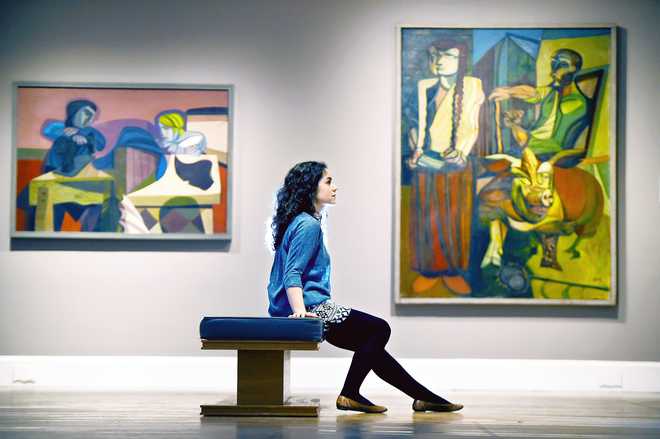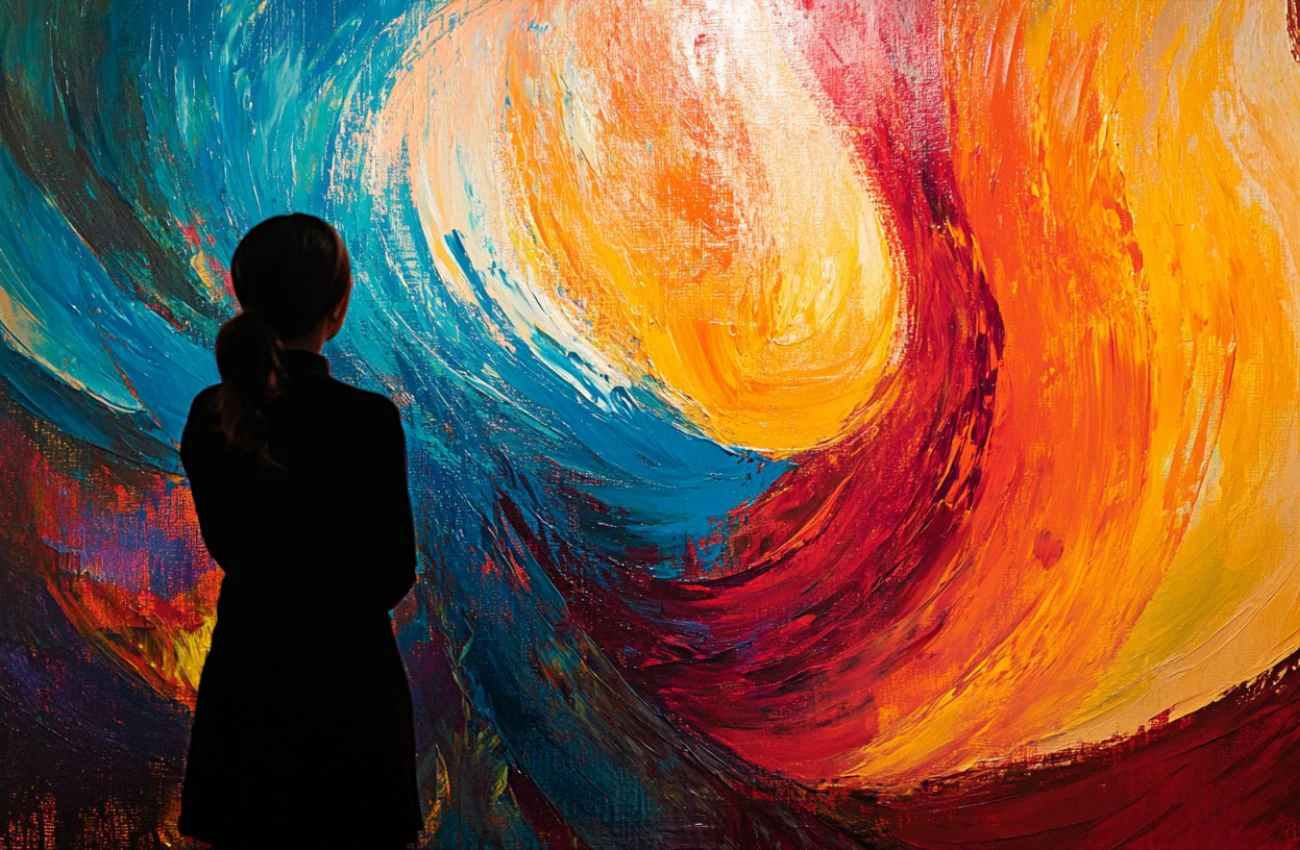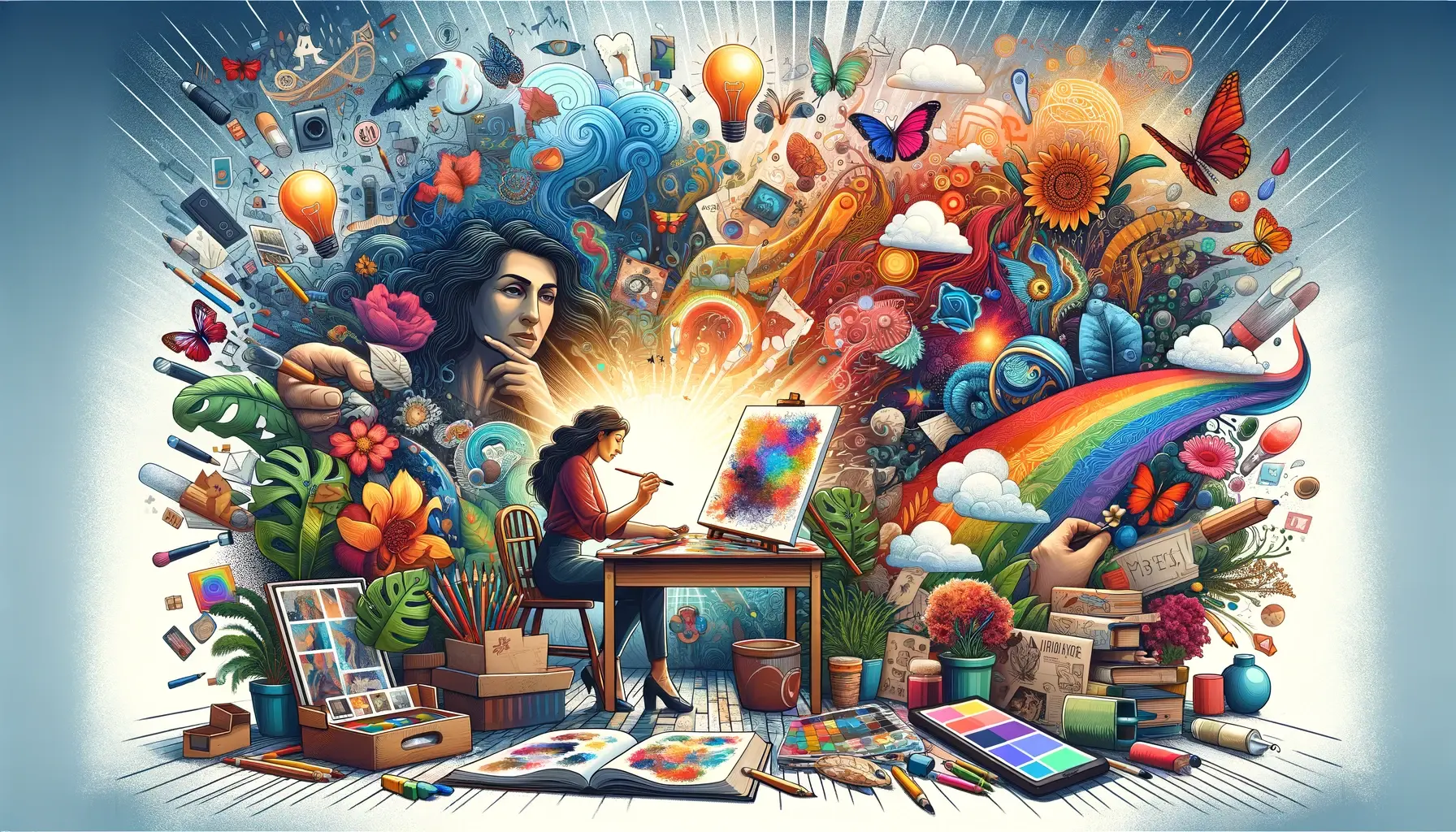As AI continues to influence the creation and experience of art, ethical questions about its role in the art world have become increasingly important. From the authorship of AI-generated art to concerns about AI replacing human creativity, the introduction of AI into the art scene brings with it a host of ethical dilemmas. This article will explore the various ethical issues surrounding AI in the art world and discuss the potential consequences of these developments.
Authorship and Ownership of AI Art
One of the primary ethical concerns surrounding AI art is the issue of authorship. If an artwork is created by an AI system, who owns the rights to that art? Is it the creator of the AI algorithm, the machine that generated the piece, or the person who commissioned the work? This question challenges traditional concepts of authorship and ownership, and the legal framework surrounding intellectual property rights may need to evolve to address this issue.
Example: In 2018, the AI-generated artwork “Portrait of Edmond de Belamy” was sold at auction, raising questions about the ownership of AI-created art. Should the creator of the algorithm be considered the artist, or does the buyer hold the rights to the work?
The Impact of AI on Human Artists
Another ethical concern is the potential for AI to replace human artists. While AI can undoubtedly enhance the creative process, there are fears that widespread use of AI tools could devalue the work of human artists. As AI systems become more sophisticated, they may be able to produce art that rivals that created by humans, potentially leading to a shift in the job market for artists. The rise of AI art might also undermine the idea of art as a deeply personal expression of human experience.
Example: With AI becoming capable of producing hyper-realistic paintings and sculptures, there are concerns that traditional artists may face difficulty competing with the efficiency and speed of AI systems in the art industry.
Bias and Representation in AI Art
Another ethical issue in AI art is the potential for bias in the algorithms used to generate artwork. AI systems learn from existing datasets, and if these datasets contain biases—whether in terms of race, gender, or cultural representation—AI-generated art could perpetuate these biases. Artists and developers must be mindful of how AI systems are trained to ensure that they reflect a diverse range of voices and perspectives.
Example: Some AI-generated portraits have been criticized for presenting idealized or Eurocentric depictions of people, which raises concerns about inclusivity and representation in AI-driven art.
Conclusion
The ethical implications of AI in the art world are complex and multifaceted. As AI continues to play a greater role in art creation, issues surrounding authorship, the role of human artists, and the potential for bias will need to be addressed. The art world must carefully navigate these ethical dilemmas to ensure that AI is used in a way that complements and enhances human creativity, rather than replacing it or perpetuating harmful biases.




